“Greater love has no one than this: to lay down one’s life for one’s friends.” - John 15:13
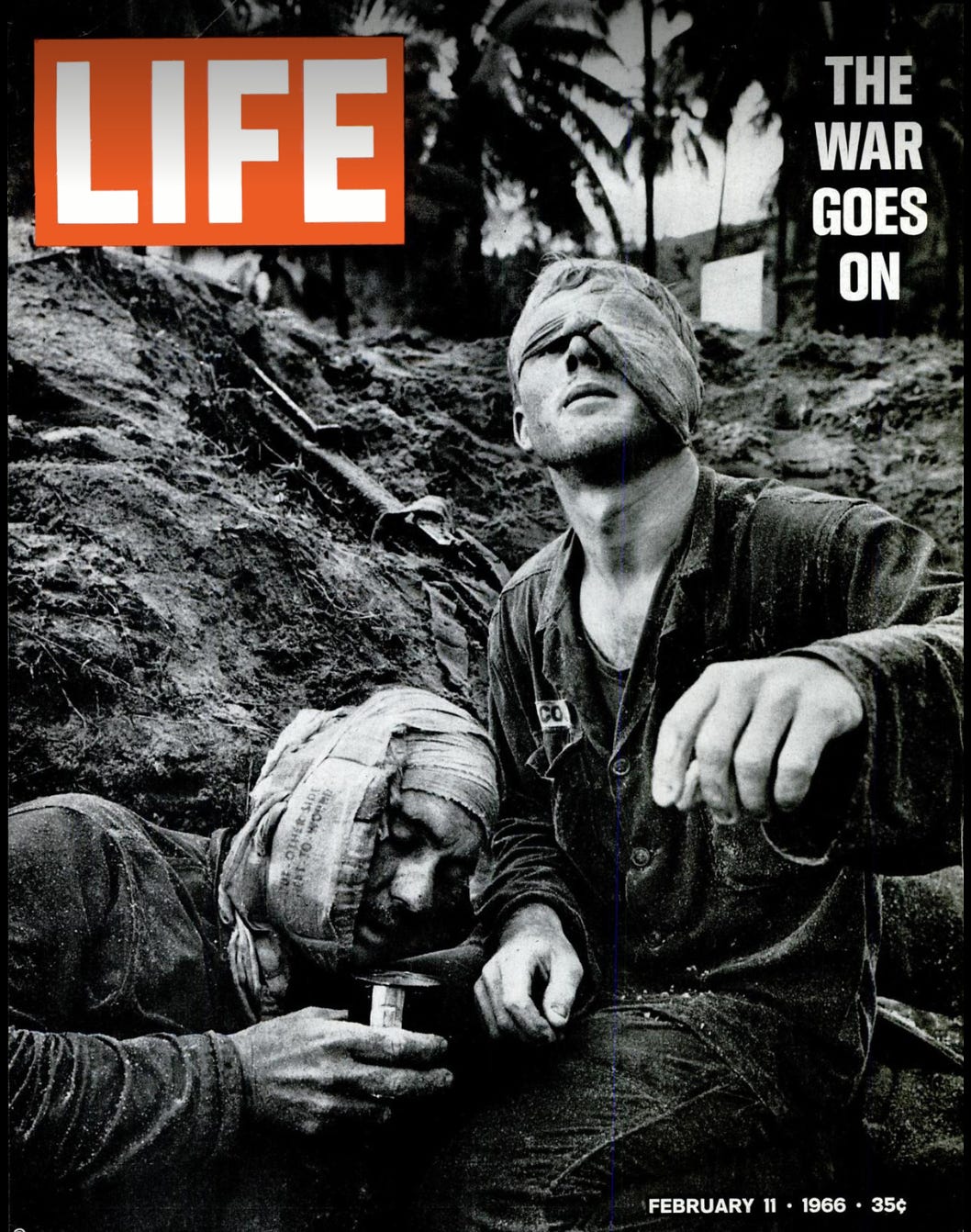
Maybe because we have similar names, his, the French version, Huet, ours, the Iowa based, Hewitt, I was immediately fascinated with the photographer that shot the above image for LIFE Magazine in 1966.
My husband’s dad, Donald P. Hewitt, an Army Air Corp Veteran, enlisted on January 17th, 1942 at the age of 23. He learned to fly during WW2. During the Korean War, he flew cargo supply aircraft stationed out of Alaska. He passed away in 1977, at the age of 58, when John was 15 years old. Although he didn't die in combat, we remember him on this and every Memorial and Veteran's Day.
A few years ago, John had a plaque dedicated to his dad at the Upland Veteran’s Monument Project.
It was the fall of 1983 and we were dating. While John was training to become an electrician, like his dad and older brother, he was charged with helping his brother clean out the many storage units his dad had at his shop. Chocked full of memories, collectibles and junk, he had a reputation for saving literally everything.
After one of many long days, John stopped by my place for dinner. Chatting away, he told me about all the “stuff” his dad had and how they had tossed so much of it. I asked, “like what?” He said, “like so many old magazines.” The vintage girl in me asked, “Magazines? which ones? “Oh, like LIFE magazines, you know,” he said.
Oh my heart.
Calmly, I said, “LIFE Magazines? are you kidding me? you need to go to the shop immediately and get them. Like now.”
Apparently they were in a huge dumpster his brother had rented.
The next evening he brought over a big box full of LIFE and LOOK magazines ranging in dates from the late 50’s to the 70’s. Thankfully, they were in really good shape and I was elated. We still have them to this day.
“Brotherhood” would be the first one I’d open. Receiving the painful, surreal and often gruesome images of war, it was like nothing I had ever seen, planting the seed of photojournalistic coverage in my mind.
Would we know what was happening any other way, had it not been for these brave journalists? A resilient Leicaflex in hand, a few story-telling lenses, an array of film, loading, manually shooting/focusing, quickly, carefully picking each shot, winding the roll closed after the last shot was taken, only to load again and go, eventually submitting the film canisters to a carrier, who would then get the film to a lab for development and hand carry negative sheets to the bosses/editors at the various outlets for publication.
In 2009, one of my favorite memories with my dad was a photo excursion we took together around Salem, Oregon, snapping pictures of the fall leaves and city life, ending our special day with a trip to the Hallie Ford Museum of Art to see “Requiem, By the Photographers Who Died in Vietnam and Indochina.”
The exhibition showcased 160 photographs from the George Eastman House Collection taken by the 135 war photojournalists who died in action, including last photographs/shots taken on the battlefield, by Henri Huet, Robert Capa, Larry Burrows and many more.
I can’t imagine what it was like to fight on the front lines or in the air and I cannot, for the life of me, imagine capturing the images of war. I have read stories of photojournalists coming home with severe PTSD, shame and guilt for doing their job, much like soldiers.
In a scene reminiscent of Ted Lasso, I can feel the excitement of being in England, as a teenager, getting ready to go to a West Ham game. Dressed in purple and blue scarves, hats and jerseys, off we went to meet my uncles. I had heard that my “Uncle Squibbs” (pictured below, Cyril E. Cox), was a Rear Gunner on a Halifax, during WW2. I can still see him and my Uncle Ernie singing “I’m Forever Blowing Bubbles” in the packed stadium. To think he sat alone in the rear gun turret or “glasshouse,” guarding 7 other lives on board a Halifax, gunning down Nazis over England, is bit surreal.
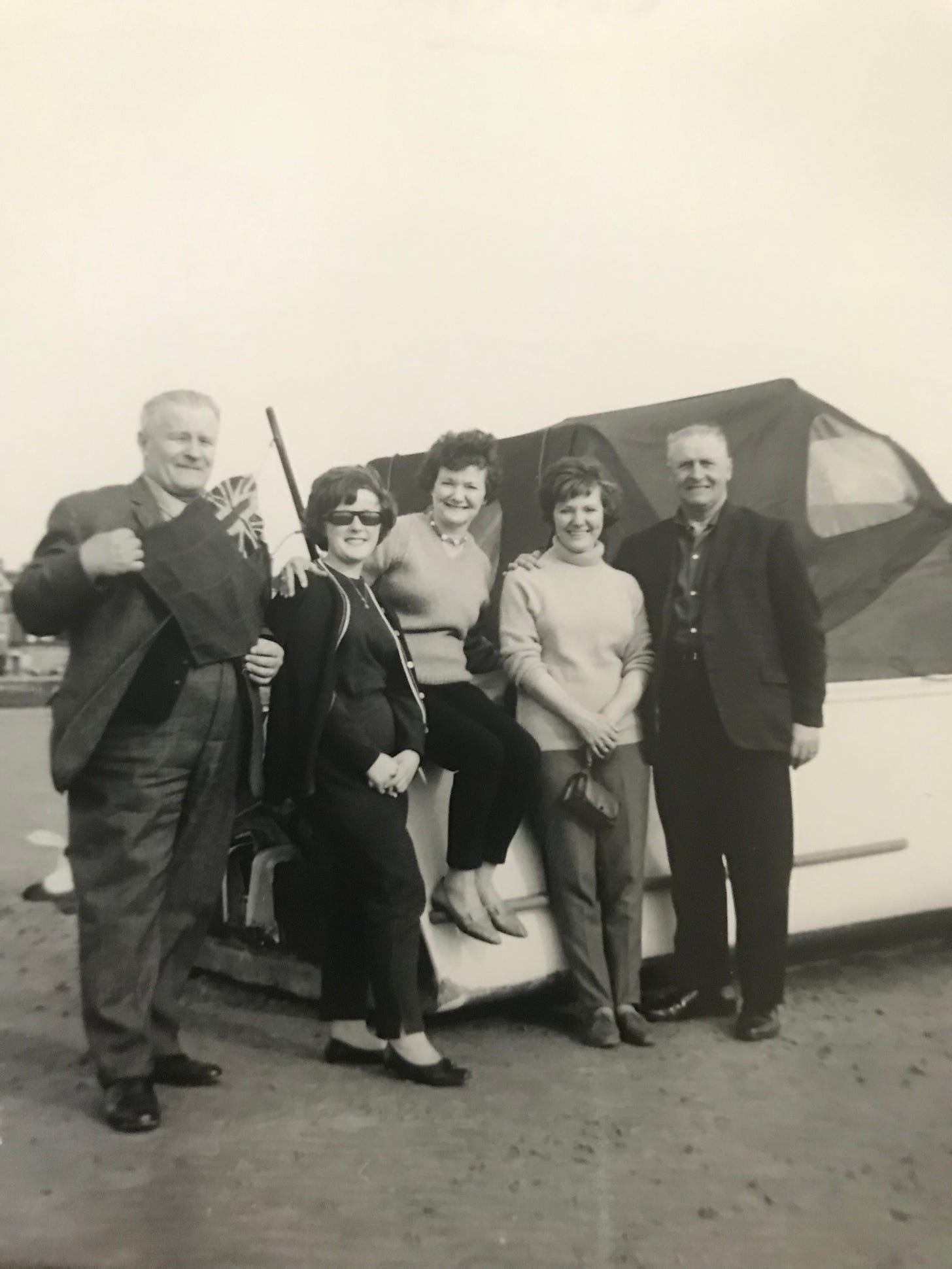
I had mentioned a young family cousin in a podcast — Frederick Longley, dying almost immediately in Hitler’s first air strike over Crete, Greece. Drafted into the British Army, he married his girl in London, and left immediately for duty at the age of 23.
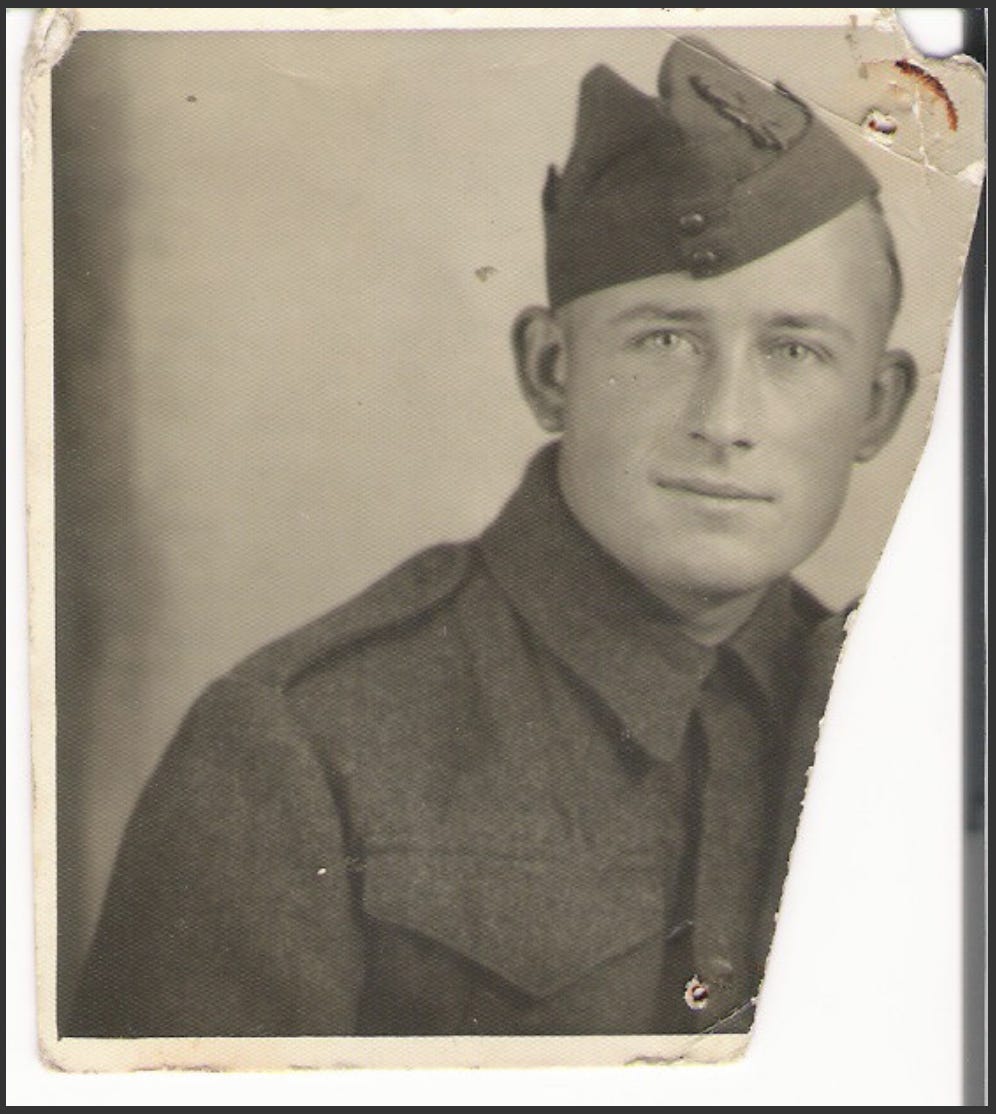
America’s Memorial Day is upon us. There are images in my mind of what war must have been like for our family members. As I stare at Henri Huet’s work, of the Vietnam War, what was it like for these young men, barely out of high school, fighting a war in a country they knew nothing about? For the families that lost so many loved ones. This is for you my friend
- for your brother. And for you who lost a young husband. oxoxoxoxFor the soldiers that came home to a country that left them behind. Many still suffering today for what was permanently lost in limbs and minds.
What did it look like for so many who have fought for our freedom.
It looked like hell. Pictures don’t lie.
Here is a list of all the wars involving the United States, with four still active.
More than 1,354,664 U.S. soldiers have been killed in action since the American Revolutionary War. United States military casualties of war.
I look back at Robert Capa, the war journalists covering conflict today, and the men and women serving. Generations of families. Sacrificing.
Thank you to the brave who laid down their lives for their brothers and sisters.
Thank you to the keepers of history for documenting, at all costs, so that we have a permanent visual archive of sacrifice, some taken as the final blows were delivered.
May we never forget each and every one of you. Then and now.
“I finished my pictures and the sea was cold in my trousers. Reluctantly, I tried to move away from my steel pole, but the bullets chased me back every time. Fifty yards ahead of me, one of our half-burnt amphibious tanks stuck out of the water and offered me my next cover. I sized up the situation. There was little future for the elegant raincoat heavy on my arm. I dropped it and made for the tank. Between floating bodies I reached it, paused for a few more pictures, and gathered my guts for the last jump to the beach.
Now the Germans played on all their instruments, and I could not find any holes between the shells and the bullets that blocked the last twenty-five yards to the beach. I just stayed behind my tank repeating a little sentence from my Spanish Civil War days,
‘Es una cosa muy seria. Es una cosa muy seria.’
This is a very serious business.” - Robert Capa




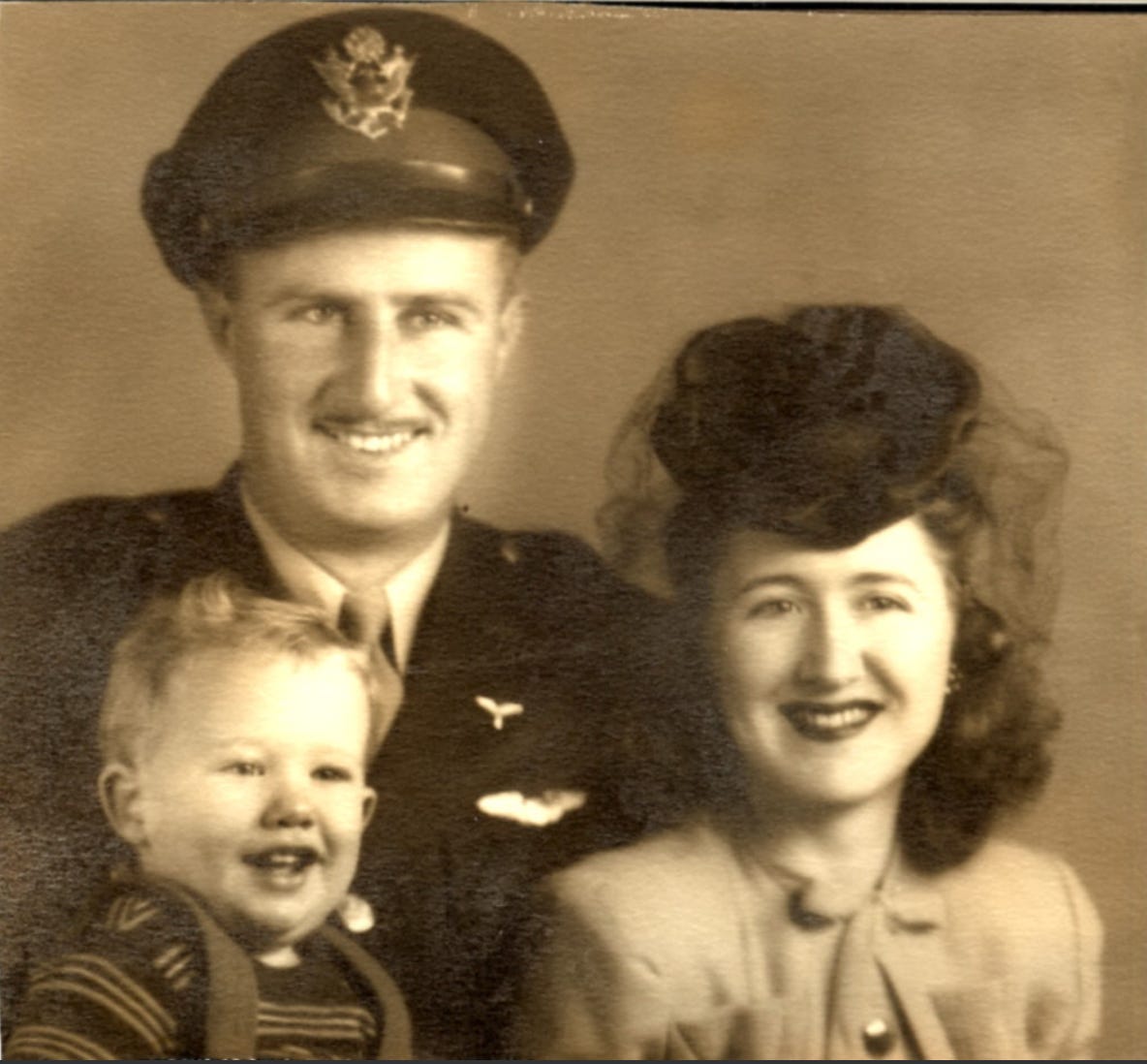
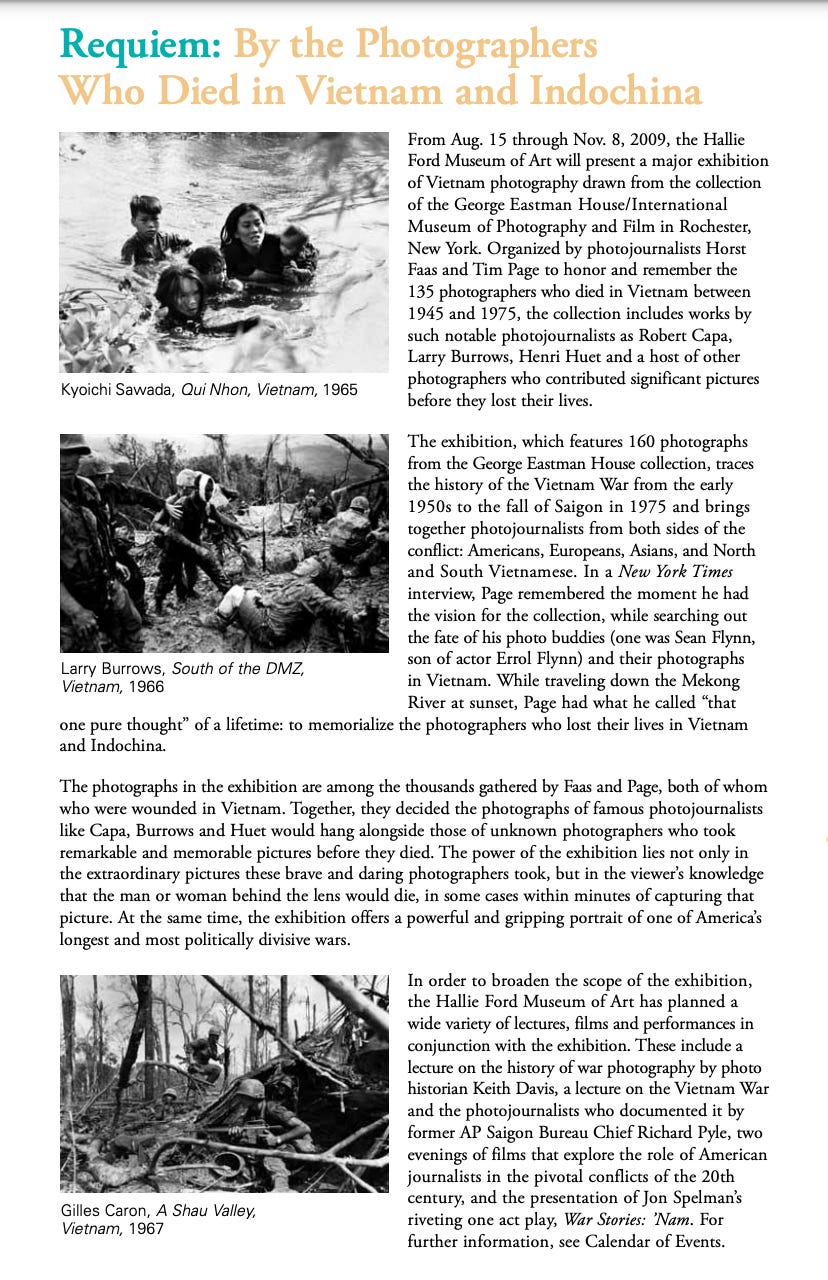
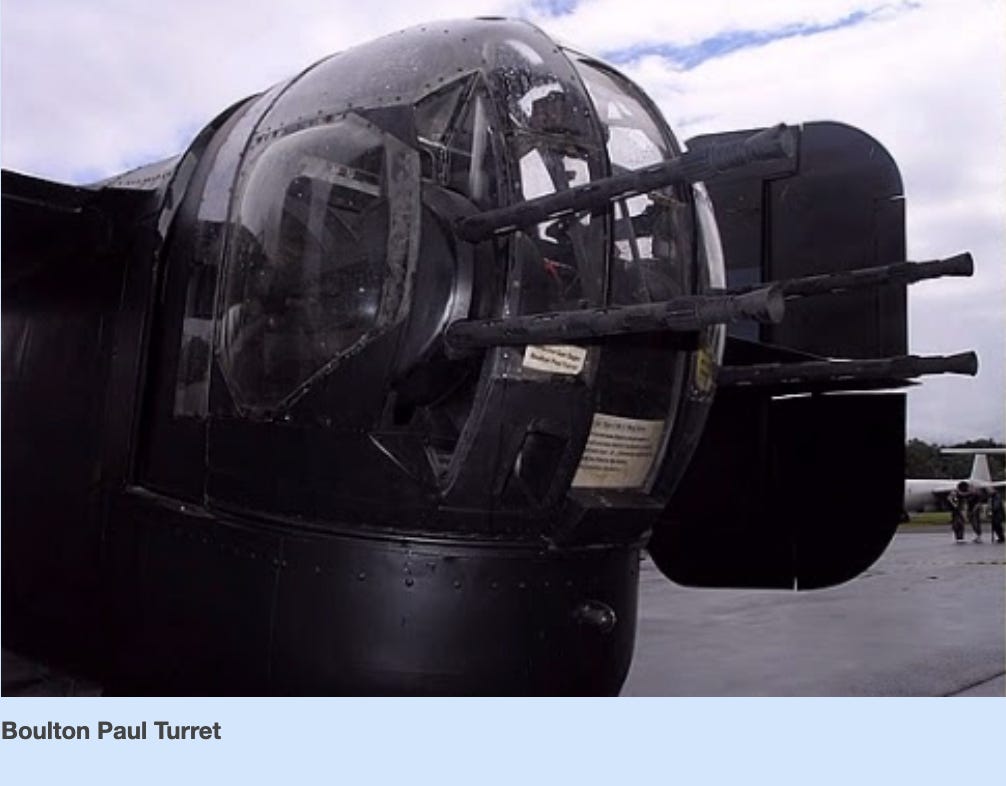
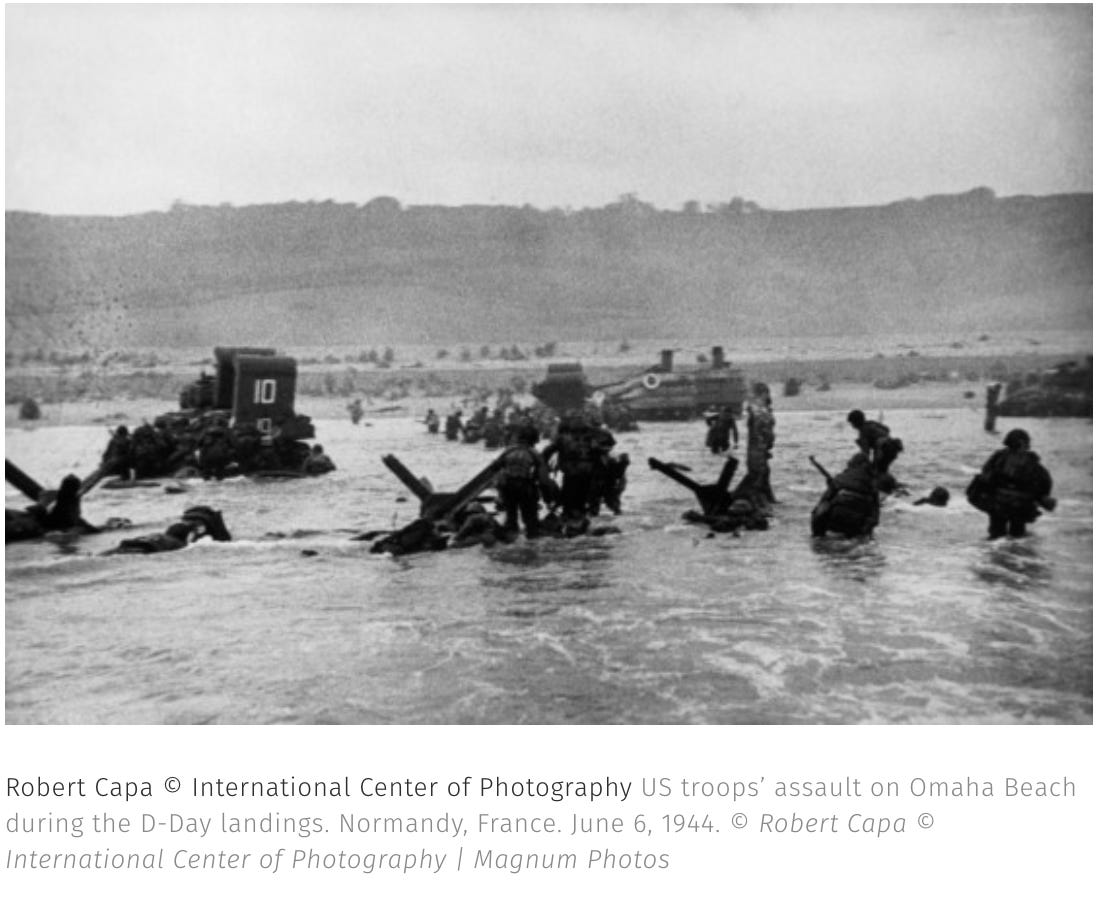
Beautiful Memorial Day reflection, Deb. Thank you for the bit about the photographers who captured these horrors, a physical record of how awful it is. And I will say a little prayer of gratitude for your military ancestors ❤️
I so much enjoyed reading this beautiful tribute today on Memorial Day Deborah! God bless you ✨💜🙏🤗 May all those who have lost their lives during these wars and duty doing the right thing for humanity continue to Rest In Peace among the angels watching over us. ✨💜✨🙏